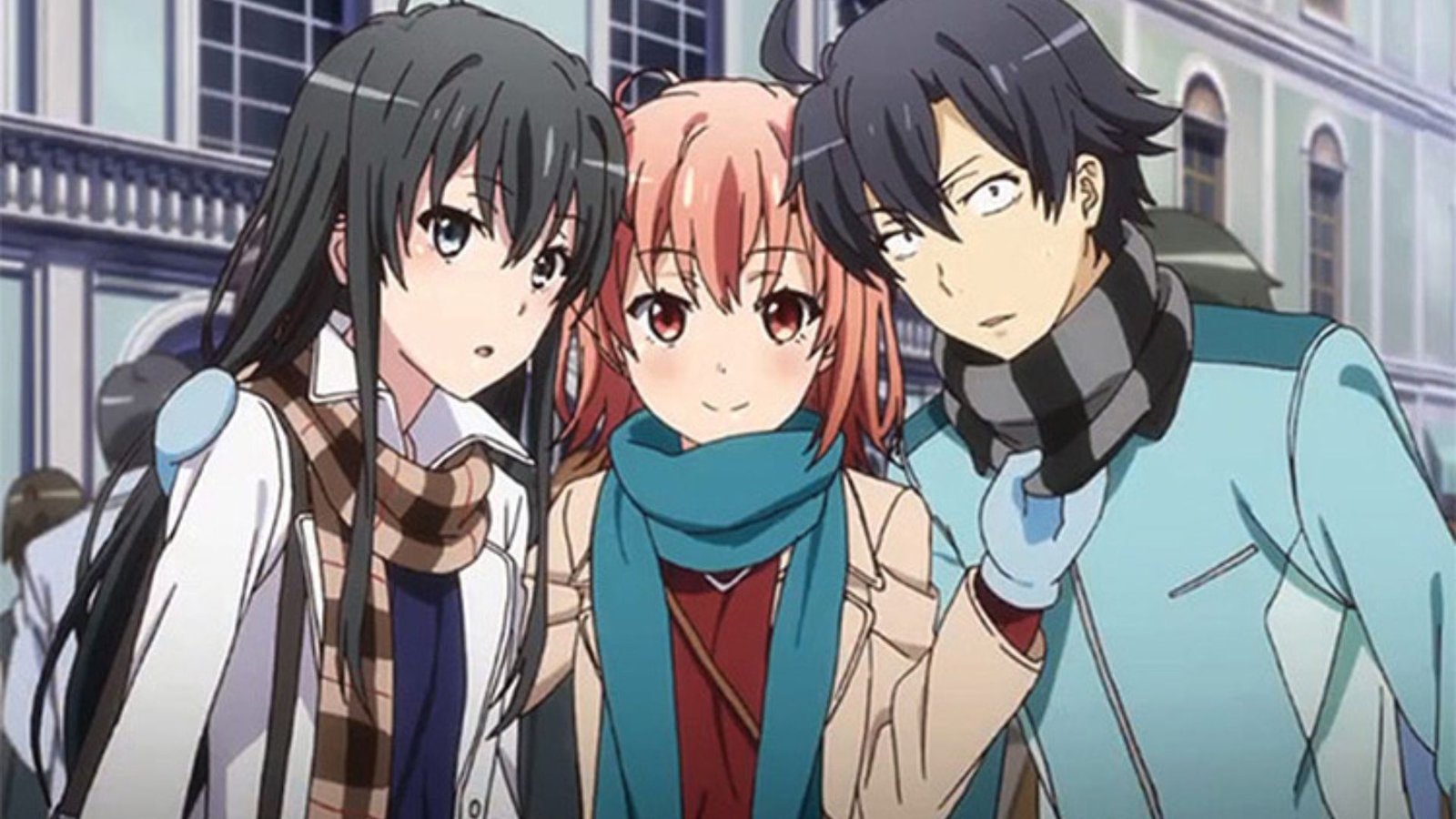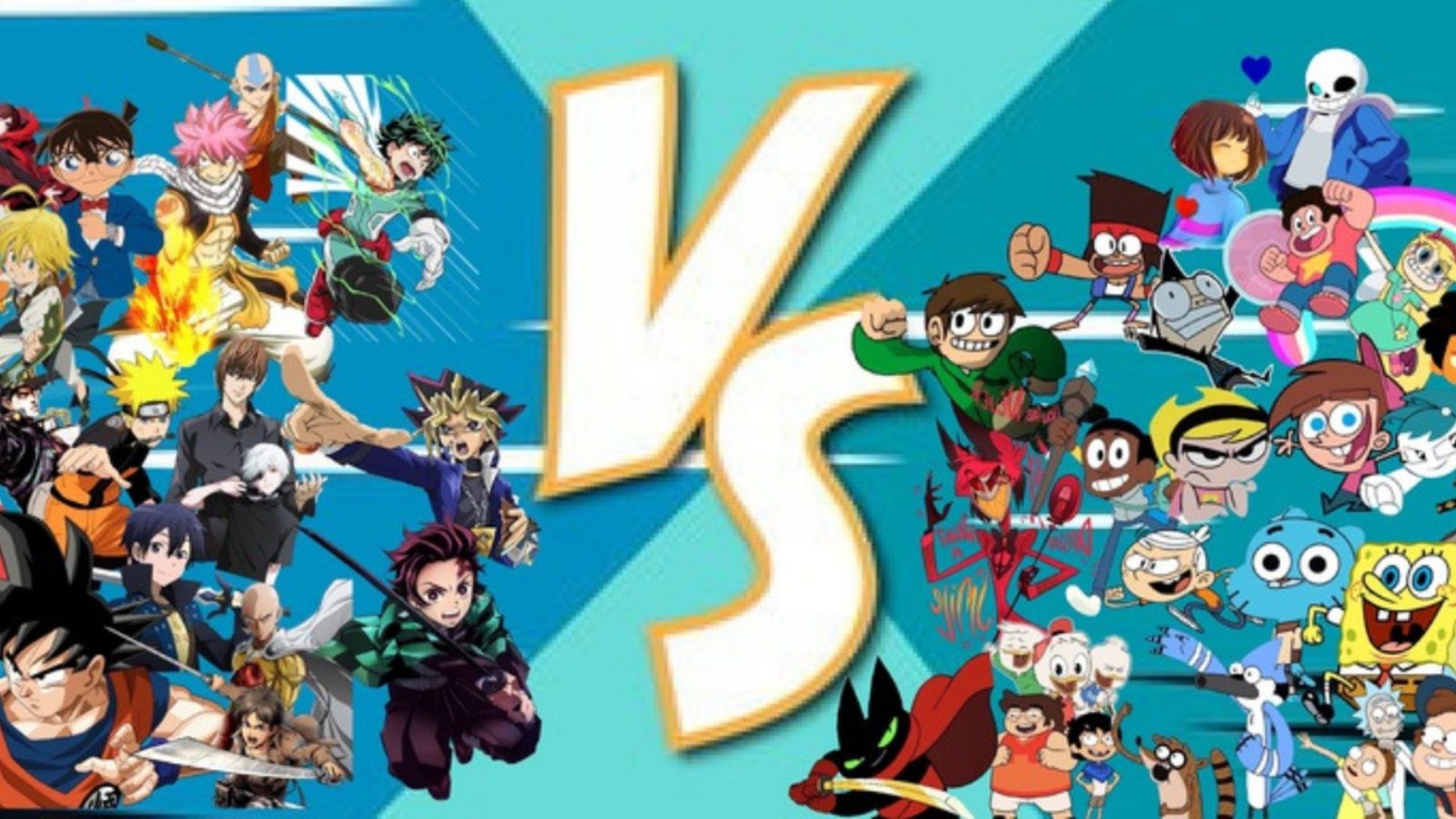Studio Ghibli, one of Japan’s most beloved animation studios, is known for creating stunning, timeless films that resonate with audiences worldwide. While many of their films originate from original concepts, a significant number of Ghibli classics are adaptations of Japanese novels. These films combine the artistry of animation with the depth of literary works, breathing new life into stories and characters.
In this post, we’ll explore some of the most notable Studio Ghibli films based on Japanese novels, highlighting how these adaptations remain faithful to their source material while showcasing the studio’s signature magic.
1. Howl’s Moving Castle (2004)
Based on: Howl’s Moving Castle by Diana Wynne Jones (Though the novel is originally British, it is a beloved title in Japan and has deep ties to Japanese fantasy storytelling).
Although not a Japanese novel by origin, Howl’s Moving Castle was widely embraced by Japanese audiences and carries many aspects that echo Japanese fantasy themes. The story, which centers around a young woman named Sophie who is transformed into an elderly woman by a wicked witch, and her journey with the mysterious wizard Howl, captivated fans around the world. The film’s blend of whimsical fantasy and the theme of self-discovery resonates with Japanese culture’s affinity for complex characters and magical realism.
Ghibli Adaptation Elements:
- Hayao Miyazaki’s adaptation captures the fantastical world of Howl’s flying castle, vibrant landscapes, and magical elements, all while adding environmental and anti-war themes.
- The themes of love, identity, and transformation are central both to the original novel and Ghibli’s interpretation, reflecting the studio’s focus on human emotions and growth.
2. The Tale of the Princess Kaguya (2013)
Based on: The Tale of the Bamboo Cutter (a Japanese folktale)
While not a traditional “novel,” The Tale of the Princess Kaguya is based on one of Japan’s oldest and most famous stories. The original story, which dates back to the 10th century, follows the journey of a mysterious girl discovered as a baby inside a bamboo stalk. As she grows, she becomes the subject of much fascination, ultimately leading to a tragic and poignant ending.
Ghibli Adaptation Elements:
- Directed by Isao Takahata, the film beautifully blends the themes of loss, beauty, and impermanence found in the original tale with Takahata’s unique visual style—drawn with simple, sketch-like animation that reflects the simplicity and grace of the folktale.
- The film emphasizes the transient nature of life, much like the original tale, and is a meditation on the human condition and the emotional pain of separation.
3. Whisper of the Heart (1995)
Based on: Whisper of the Heart by Aoi Hiiragi
Whisper of the Heart is a Ghibli film that explores the personal growth and self-discovery of a young girl named Shizuku. This coming-of-age story delves into her struggles with finding her passion in life, particularly her journey as a writer. The film also features a subplot involving a mysterious antique cat figurine.
Ghibli Adaptation Elements:
- This film, directed by Yoshifumi Kondo, stays true to the heart of the novel, focusing on Shizuku’s journey of self-discovery and her budding relationship with a boy named Seiji.
- Studio Ghibli’s signature lush animation style enhances the realistic, yet dreamlike, exploration of Shizuku’s world, bringing the essence of Aoi Hiiragi’s story to life.

4. The Wind Rises (2013)
Based on: The Wind Has Risen by Tatsuo Hori
Though it is a biographical work, The Wind Rises is based on Tatsuo Hori’s 1930s novel The Wind Has Risen, which fictionalizes the life of Jiro Horikoshi, the engineer behind Japan’s Zero fighter planes during World War II. Hayao Miyazaki’s adaptation blends fiction with reality, portraying Jiro’s dreams of flight and the emotional turmoil surrounding his creations’ use in war.
Ghibli Adaptation Elements:
- Miyazaki’s adaptation presents Jiro as a dreamer and an artist, driven by his passion for aviation but conflicted by the consequences of his inventions. The film takes liberties with the novel but maintains the contemplative exploration of the cost of dreams and the ravages of war.
- The stunning animation depicts Jiro’s flights, bringing to life the beauty of aviation and the dreamlike sequences, while underscoring the tragedy of the era.
5. The Cat Returns (2002)
Based on: The Cat Baron’s Marriage by Aoi Hiiragi
While The Cat Returns is a spin-off of Whisper of the Heart, it draws on elements from Hiiragi’s short story The Cat Baron’s Marriage. The film follows Haru, a girl who saves a cat, only to find herself swept into a bizarre adventure in the Cat Kingdom, where she is offered marriage to a prince in gratitude.
Ghibli Adaptation Elements:
- Directed by Hiroyuki Morita, the film takes the whimsical elements of Hiiragi’s short story and expands them into a fantastical adventure.
- Studio Ghibli’s signature charm shines through in the animation of the Cat Kingdom and its eccentric characters, creating a lighthearted, yet emotionally resonant, narrative about personal agency and self-confidence.
Conclusion
Studio Ghibli’s adaptations of Japanese literature and folktales bring these works to life in ways that only the studio’s unique blend of artistry and storytelling can achieve. Whether it’s exploring themes of love, war, identity, or fate, these films offer a magical and thought-provoking way to experience the richness of Japanese literary traditions.
Each adaptation maintains the spirit of its original work while incorporating Ghibli’s hallmark themes of humanity, nature, and the beauty of life. For fans of Japanese literature and animation alike, these films offer a perfect intersection of two artistic worlds.











